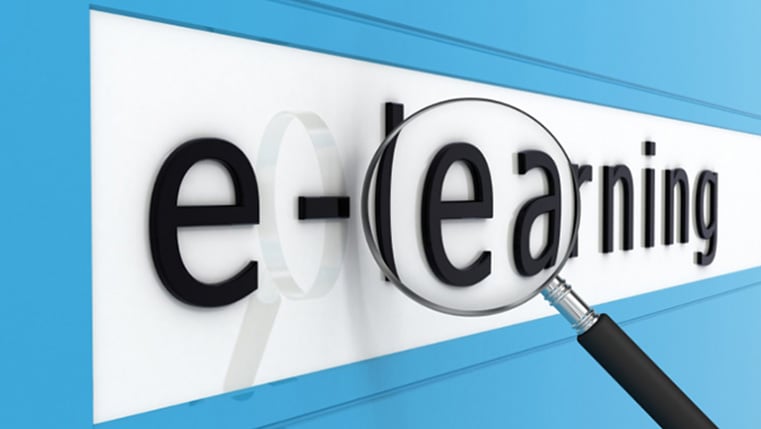Checklist for Final Quality Assurance Process in eLearning

QA is an ongoing process in the eLearning Course Development. After the production of the course, the QA team needs to check various elements for their functionality. Given below is the checklist for the elements in the course that needs to be checked during the final QA process:
Title:
Ensure the uniformity of the title in browser title bar of course window and the launch window. The title in the bookmark page, screen title, course menu should match with that of the storyboard.
Content:
The objective of the course is to teach concepts or skills that the learners can apply in their day to day lives. The course content therefore should fulfill these criteria. Given below is a quick check list for testing quality of the course.
- Is the on screen text as specified in the story board (SB)?
- Has the content of the audio script been placed in the transcript area of course without the instructions?
- Is the audio in sync with textual animation as visualized in the SB?
- Ensure that there are no spelling errors in the course content.
- Are images placed as per the instructions given in the SB?
- Are the bullets aligned with the texts?
- Are there appropriate instructions for interactivity slides and screen restrictions?
Interface functionality check:
Interface functionality is critical to smooth learning experience. Given below are some of the objects that need to be checked to ensure they are functioning properly.
- Functionality of the interface buttons (like Next, Previous, Help, Exit…)
- Progress bar
- Navigation of the menu
- Page navigation restrictions
- Audio overlaps in pop ups
- Tick marks in menu
- Interactivity slides (like Click on tabs/ images, drop down, click on hot spots….)
QUIZ:
Quiz consists of many types of questions. They could be single/ multiple select, drag and drop, drop down, match the following and so on. The functionality of all these interactivities needs to be verified. It also needs to be checked if the instructions for each question are clear and correct. If required there should be a provision for start button functionality in the welcome page.
Result Page:
This page displays, the pass and fail criteria details along with the score. There would be other buttons like review quiz, finish or retry. Ensure that all required buttons are present and are linked correctly to the appropriate screens.
Loading:
Course should have pre-loading feature for Interface and Page. It should also have background loading to load the pages before viewing it.
Compliance Testing:
Should check the features of compliance standards in both SCORM and AICC version of eLearning course which includes: the bookmark feature, course completion criteria and whether the passing score is getting updated in the LMS.
Online Version:
In the online version of the course, you need to check if all the pages and images are being loaded smoothly. All the links in the course should be functional and should direct to the correct page.
AQL (Acceptable Quality Level)
AQL is the standard used to calculate the maximum number of errors that can be acceptable when random testing of the course is done. The bugs found while testing are categorized in different levels such as critical, high, medium, low.
Critical: Critical bugs lead to the blocking of the course (Ex: Buttons functionality, navigation…)
High: Text missing, placing of wrong content, audio overlapping, loading, etc…
Medium: Spelling mistakes, punctuations
Low: Spacing issues, alignments etc…
Each organization may have its own AQL standard. In fact, each course may have its own AQL standard. While critical defects could render the product unusable or is not in accordance to the statutory requirements, major defects could affect the marketability or usability of the product, affecting its quality standards. Minor defects reflect poorly on the team and the organization on a whole.
These are some of the elements which are tested at the post-production stage. Are there any others which have been missed out here? If so, please enrich the content with your inputs.




![A Checklist for Every Instructional Designer [Infographic]](https://blog.commlabindia.com/hubfs/blogs/checklist-for-instructional-designer-infographic.png)
![5 Reasons to Leverage eLearning for Pharmaceutical Companies [Infographic]](https://blog.commlabindia.com/hubfs/blogs/5-Reasons-to-Leverage-eLearning-for-Pharmaceutical-Companies-%5BInfographic%5D.jpg)